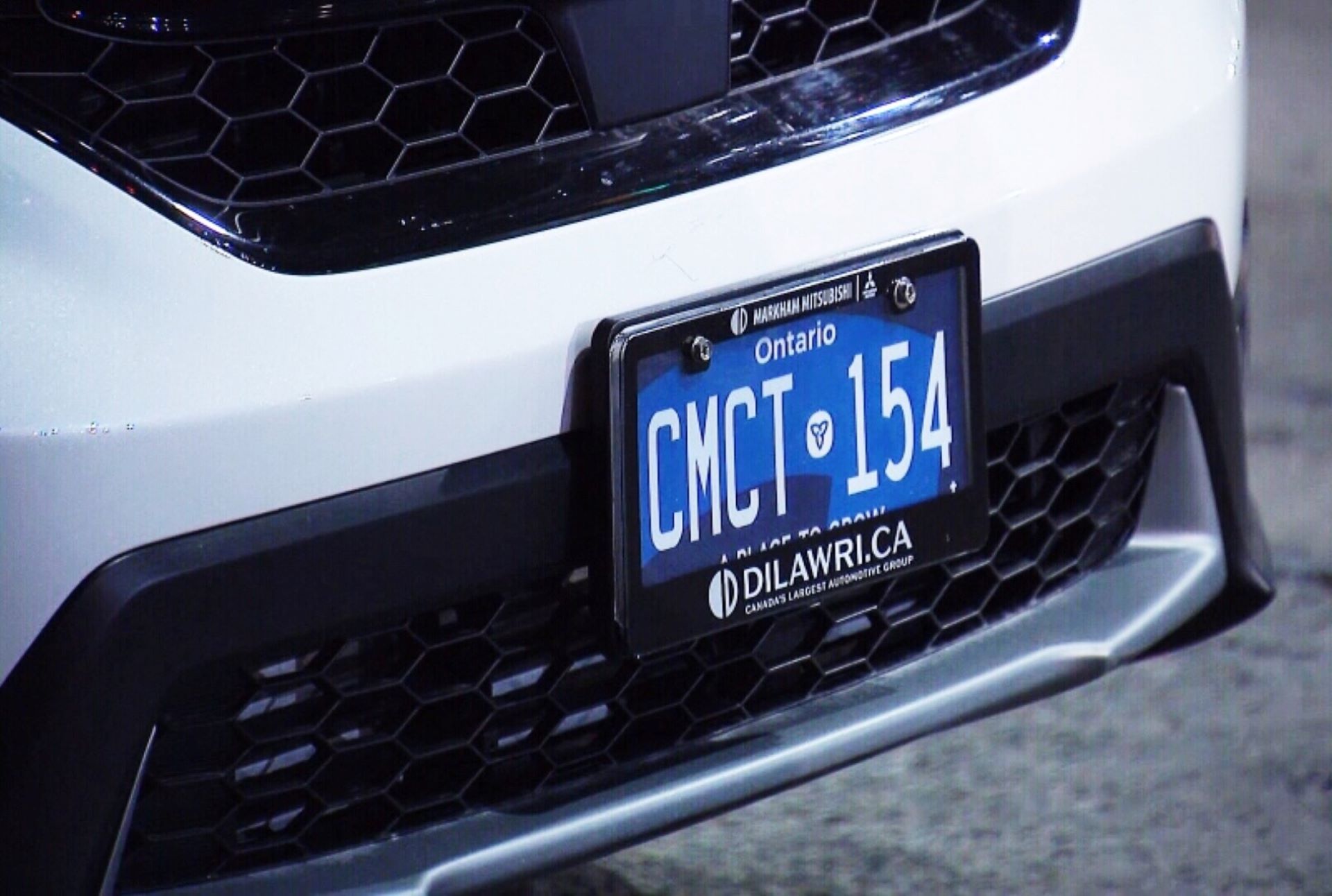
Car number plates, also known as registration plates or license plates, serve several crucial purposes. They identify a vehicle, provide information about its origin, and help law enforcement monitor and track vehicles on the road. In the United Kingdom, displaying car number plates, including specialized options like 4D number plates UK, is subject to strict regulations to ensure clarity, legality, and easy identification. In this article, we’ll explore the rules for displaying car number plates in the UK, helping you stay on the right side of the law.
Font and Style Regulations:
The UK has specific guidelines regarding the font and style of characters used on number plates. The characters must be:
- Standard, Charles Wright font. No italic, bold, or stylized lettering is allowed.
- 79mm in height.
- 50mm in width, except for the number 1 and letter I, which must be 11mm wide.
- All characters (letters and numbers) should be 14mm apart, except for the letter “I” or number “1”, which should have a 33mm space.
- The space between groups of characters should be 33mm.
- No decorative symbols or images are allowed on the number plate.
Material and Construction:
The material used for number plates must meet specific standards:
- Plates must be made of a reflective material that conforms to British Standards (BS AU 145d).
- The background should be reflective white, while the characters must be black on the front plate and black on the rear plate.
- Plates must be flat, with no raised letters or numbers.
- The plates should have a transparent covering to protect the characters from dirt and damage.
Number Plate Size and Dimensions:
The size and dimensions of the number plates must adhere to the following standards:
- Standard number plates for cars must be 520mm in width and 111 mm in height.
- Smaller number plates for motorcycles and mopeds must be 178mm wide and 89mm tall.
British Standard Mark:
In addition to displaying the British Standard Mark, legal number plates in the UK must also be made of reflective material and feature black characters on a white background for the front plate and black letters and numbers on a yellow background for the rear plate. These requirements ensure that number plates are easily readable and identifiable, contributing to road safety and enforcement efforts.
Display of Registration Mark:
It’s essential to display the registration mark on your number plates correctly:
- The registration mark must be on a single line on the front and rear plates.
- No hyphens or punctuation marks are allowed, except for the letter “Q.”
- You should not alter the spacing of the characters on the plate to make them appear differently.
Regional Identifiers:
In addition to identifying the vehicle, number plates in the UK also serve as a way to indicate where the vehicle was registered. This is done through regional identifiers, typically represented by the first letter or letters on the number plate. These letters signify the region or local registration office where the vehicle was first registered.
Fitting Regulations:
Proper fitting of number plates is crucial to ensure they are easily visible and not obstructed:
- Number plates must be securely fastened to the vehicle without any bolts or screws that interfere with the visibility of the characters.
- Plates should be horizontal and not at an angle.
- The plates should be positioned so that they are not obscured by the vehicle’s bodywork, including lights and indicators.
Age-Related Number Plates:
In the UK, vehicles registered after 1 September 2001 are issued with “age-related” number plates that change twice a year, in March and September. These plates indicate the age of the vehicle, with the year of registration represented in the characters. It’s a useful system that helps to keep track of the age of vehicles on the road, and it also makes it easy to identify the registration year of a car at a glance.
Personalized Number Plates:
If you have a personalized or custom number plate, you must ensure it complies with all the above standard regulations. Personalized plates should not compromise the legibility of the characters.
Legal Consequences:
Displaying incorrect or non-compliant number plates can lead to legal consequences. If your number plates do not meet the specified standards, you may receive fines or penalties, and your vehicle may fail its MOT (Ministry of Transport) test.
It’s important to note that the rules for displaying car number plates in the UK are in place to promote road safety, enable easy identification of vehicles, and prevent illegal activities such as vehicle cloning and theft. Therefore, all vehicle owners must adhere to these regulations and ensure their number plates are legal and compliant. Fines may be imposed for any breach of these regulations. Vehicle impoundment or even legal action, so it’s in your best interest to keep your number plates in accordance with the law.
In Conclusion
Understanding and following the UK’s rules for displaying car number plates is essential for all vehicle owners. These regulations are in place to ensure that number plates are easily identifiable, legally compliant, and contribute to road safety. By following these guidelines, you can prevent any legal issues and help maintain the integrity of the UK’s vehicle registration system. Visit mapmodnews for more interesting articles.






